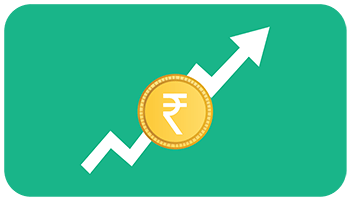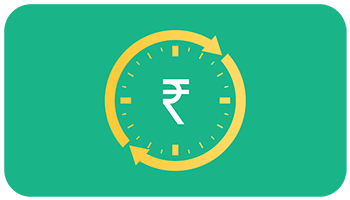You must properly evaluate before picking up the right Mutual Fund scheme to invest your hard-earned money. While investors often go by scheme category and top performing schemes in the category, they ignore risk indicators for these schemes. When you are comparing schemes to choose from, don’t miss out comparing their riskiness. While there are many risk indicators like Standard Deviation, Beta, and Sharpe Ratio provided in the factsheet of every scheme, product label is the most basic thing to look for. The riskometer in the label shows the risk level of the fund. This riskometer is a mandatory requirement by SEBI and represents the underlying risk associated with the fund. The six levels of risk ranging from low, low to moderate, moderate, moderately high, high, and very high
Read more












